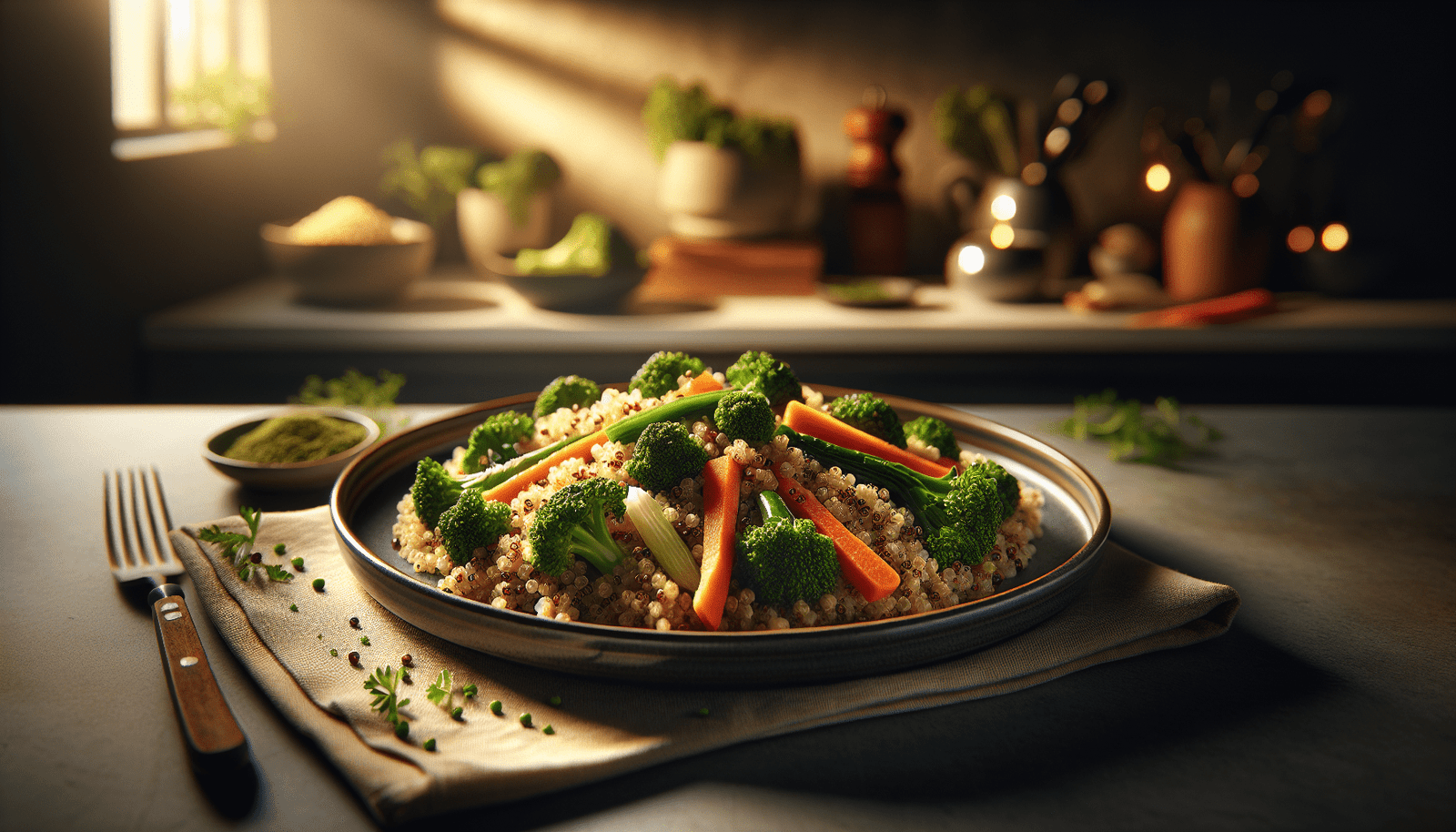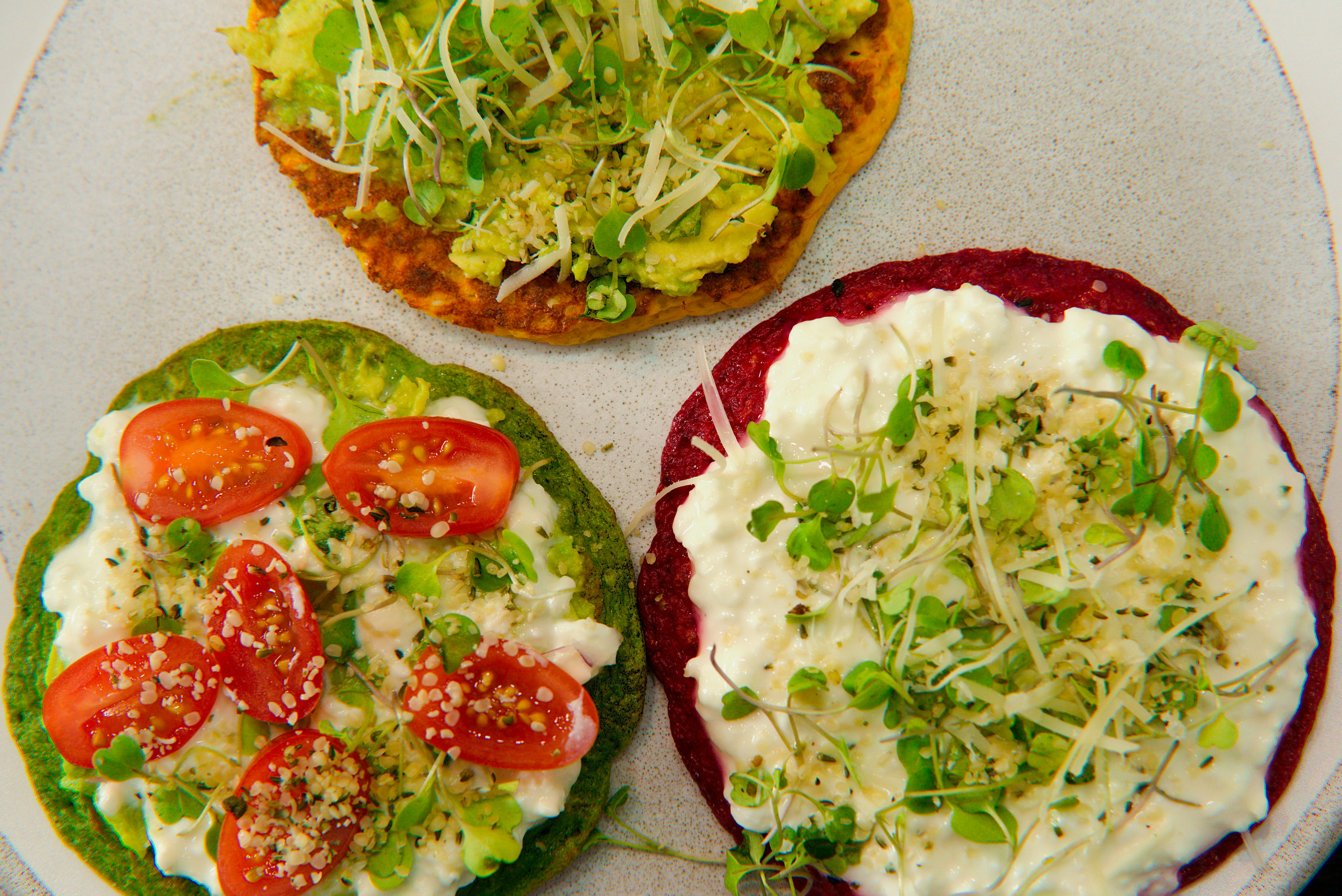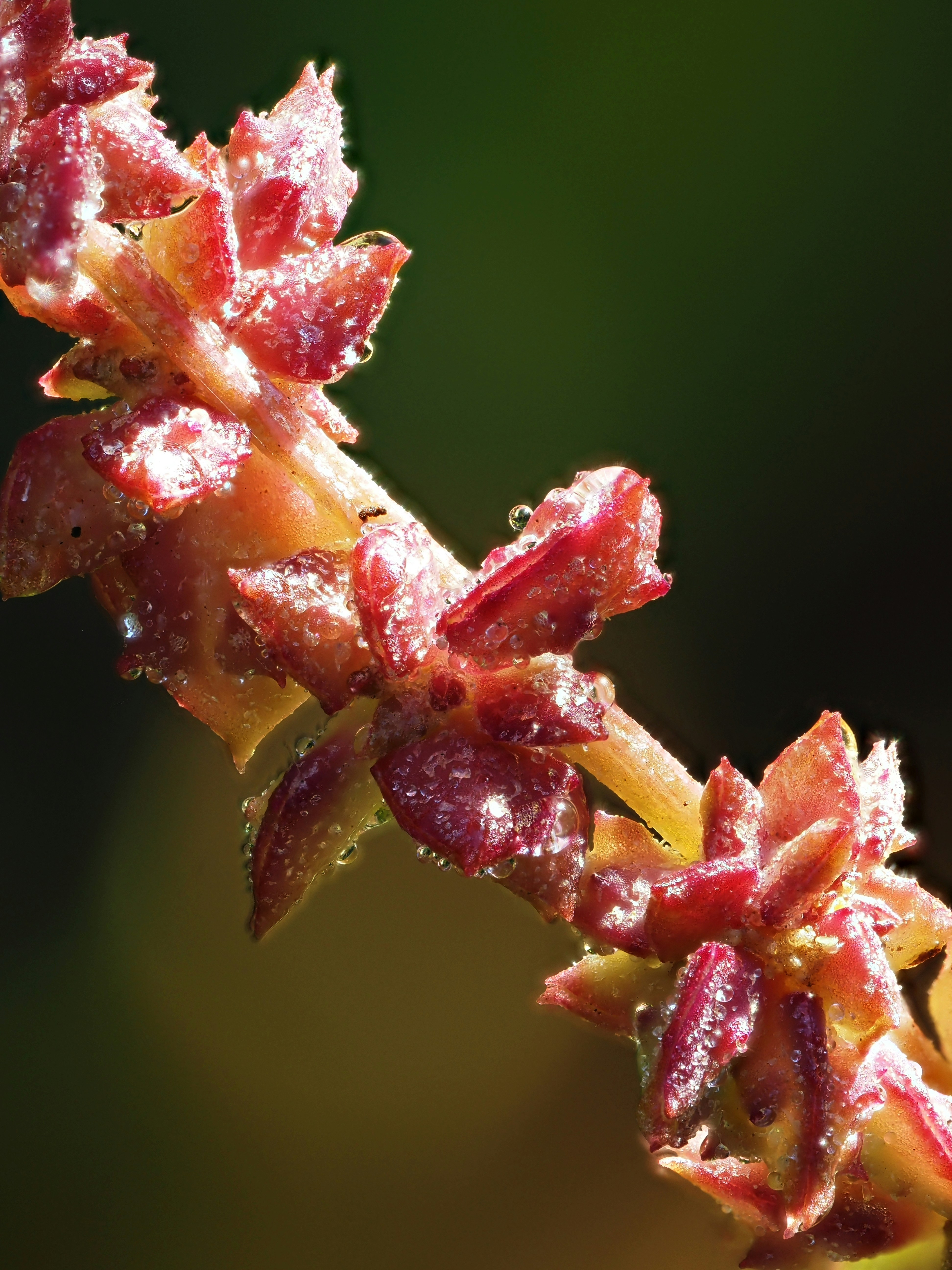Have you ever wondered how to prepare tasty quinoa dishes that won’t upset your plans for a low-oxalate diet? Let’s take a journey through the kitchen, exploring the possibilities of cooking low-oxalate quinoa dishes that are both delicious and health-conscious. Bringing science, flavor, and simplicity to your table is the goal, and quinoa is the perfect canvas. Whether you’re new to low-oxalate eating or a seasoned pro, there’s always something new to discover.
Understanding Oxalates
Before you even think about grabbing that pot and immersing yourself in the world of quinoa, it’s important to understand what oxalates are. Oxalates, or oxalic acid, are naturally occurring compounds found in many foods. While they’re not harmful in moderation, they can contribute to kidney stones and other health issues in susceptible individuals. For many, reducing oxalate intake is a dietary necessity.
Why a Low-Oxalate Diet?
For those prone to kidney stones, especially calcium oxalate stones, managing oxalate intake can be crucial. A diet low in oxalates can help reduce the risk of stone formation. But beyond this, some people find high oxalate intake contributes to other health issues like joint pain and inflammation. Knowing how to manage your oxalate intake can empower you to make dietary choices that align with your health goals.
Oxalates in Quinoa
The good news is quinoa, while containing oxalates, is relatively low in comparison to many other grains and seeds. Some varieties and preparations are even lower, making quinoa a viable option for those looking to manage their oxalate intake. But like any other ingredient, the way you prepare it can make all the difference.
Choosing Your Ingredients
Cooking low-oxalate quinoa dishes starts with the right ingredients. It’s not just about selecting quinoa but pairing it with components that complement a low-oxalate lifestyle.
Types of Quinoa
There are several types of quinoa available, ranging in color from white to red to black. White quinoa is the most common and generally has a slightly lower oxalate content than its peers. Each type brings a unique texture and flavor that can enhance your dish in different ways.
Low-Oxalate Vegetables
Pair your quinoa with vegetables that are naturally low in oxalates. Options include:
- Zucchini
- Cucumbers
- Lettuces
- Bell peppers
Each of these vegetables not only adds color and texture but also keeps your dish aligned with your dietary needs.
Protein Options
Adding a protein source can elevate your quinoa dish from a side to a main course. Consider these options:
- Chicken
- Turkey
- Eggs
These choices are typically low in oxalates and easy to incorporate into countless quinoa recipes.
Cooking Techniques
How you prepare and cook your quinoa can significantly impact its oxalate content. Let’s dive into some simple techniques that can work wonders for your quinoa dishes.
Soaking and Rinsing
Soaking quinoa before cooking can help reduce oxalate levels. By rinsing quinoa thoroughly under cold water, you also remove saponins, the compound responsible for that bitter taste. Giving it a good soak, ideally for at least 30 minutes, further enhances this process.
Proper Cooking Methods
Cooking quinoa doesn’t require a culinary degree, but a few tricks can perfect your dish. Use two parts water to one part quinoa, bringing it to a simmer before reducing the heat and covering. Cook for about 15 minutes or until the water is absorbed. Fluffing with a fork at the end keeps it light and airy.
Toasting Quinoa
Toasting quinoa briefly in a dry pan before cooking brings out nutty flavors and, according to some sources, may also help reduce oxalate levels further.
Tantalizing Low-Oxalate Quinoa Recipes
Now for the exciting part—transforming that quinoa into an appetizing dish. Here are some recipe ideas to get you started.
Quinoa Vegetable Salad with Lemon Dressing
This lively salad is a light and refreshing option.
Ingredients:
- 1 cup white quinoa
- 2 cups water
- 1 zucchini, diced
- 1 red bell pepper, chopped
- 1/2 cucumber, sliced
- 1/4 cup fresh parsley, chopped
Dressing:
- Juice of 1 lemon
- 2 tablespoons olive oil
- Salt and pepper to taste
Instructions:
- Soak and rinse quinoa thoroughly.
- Cook quinoa as instructed above.
- Once cooled, combine quinoa with vegetables in a large bowl.
- Whisk lemon juice, olive oil, salt, and pepper together in a small bowl and pour over salad.
- Toss gently to coat and serve chilled.
Herb-Infused Quinoa with Grilled Chicken
For a protein-packed meal, pair quinoa with grilled chicken.
Ingredients:
- 1 cup white quinoa
- 2 cups chicken broth
- 1 teaspoon fresh thyme, leaves only
- Salt and pepper to taste
- 2 chicken breasts
- Olive oil for grilling
Instructions:
- Season chicken breasts with salt and pepper.
- Grill until cooked through and slightly charred on the edges.
- Soak, rinse, and cook quinoa in chicken broth with thyme.
- Slice grilled chicken and arrange over quinoa before serving.
Curried Quinoa with Eggs
Spice things up with bold flavors in this easy-to-make dish.
Ingredients:
- 1 cup white quinoa
- 2 cups water
- 1 teaspoon curry powder
- 4 boiled eggs, halved
- Salt to taste
Instructions:
- Soak, rinse, and cook quinoa in water mixed with curry powder.
- Once the quinoa is cooked, season with salt.
- Serve with boiled egg halves neatly arranged on top.
Putting It All Together
Crafting low-oxalate quinoa dishes doesn’t mean you sacrifice flavor or creativity. With the right approach, you can curate meals that are nourishing, delightful, and considerate of your dietary needs. And while quinoa serves as the versatile backbone of these meals, remember to enjoy experimenting with different vegetables and proteins to keep your palate excited and your body well-fueled.
Meal Planning and Preparation
Incorporating these dishes into a weekly meal plan can save time and effort. Consider preparing extra servings of quinoa that can easily transform into salads, bowls, or sides with minimal effort.
Mindful Eating Practices
As you enjoy your low-oxalate meals, being aware of portion sizes and balance is a great way to ensure you’re eating with health and well-being in mind. It’s less about restriction and more about discovering vibrant recipes and wholesome ingredients.
Final Thoughts on Cooking Low-Oxalate Quinoa Dishes
Creating low-oxalate quinoa dishes doesn’t strictly revolve around restriction; it’s a delightful venture into combining health with taste. As you get more comfortable with these recipes and techniques, feel free to adjust them to your liking. Enjoyment and nourishment coexist peacefully on the plate when you approach your meals with curiosity and care. So, take a moment, savor each bite, and celebrate the art of cooking that nourishes both body and soul.





